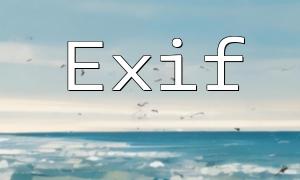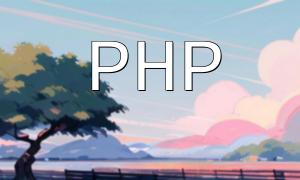With the rapid development of the internet and mobile applications, the demand for image processing techniques has increased significantly. PHP and CGI are two commonly used technologies for implementing image upload and editing functionalities. This article will provide detailed instructions on how to use PHP and CGI to implement image upload, cropping, scaling, watermarking, and other editing features, along with code examples.
Let’s first look at how to implement the image upload functionality. Users can select and upload their images through an upload form. In PHP, we use the $_FILES array to retrieve information about the uploaded file.
Code Example:
<form action="upload.php" method="post" enctype="multipart/form-data">
<input type="file" name="image">
<input type="submit" value="Upload">
</form>
In the "upload.php" file, we can use the move_uploaded_file function to move the uploaded image to the desired directory.
Code Example:
$target_dir = "uploads/"; // Specify the directory for uploaded files $target_file = $target_dir . basename($_FILES["image"]["name"]); // Get the filename of the uploaded file move_uploaded_file($_FILES["image"]["tmp_name"], $target_file); // Move the file from the temporary directory to the target directory
With the code above, we can implement a basic image upload feature.
For image editing, we can use the GD library, a powerful open-source library for image processing in PHP. GD supports various operations such as cropping, scaling, and adding watermarks.
First, we open and read an image using the GD library.
Code Example:
$source_image = imagecreatefromjpeg("uploads/image.jpg"); // Open and read the image
Next, we can perform various editing operations on the image, such as cropping, scaling, and adding a watermark.
We can use the imagecrop function to crop an image.
Code Example:
$cropped_image = imagecrop($source_image, ["x" => 100, "y" => 100, "width" => 300, "height" => 200]); // Crop the image
We can use the imagescale function to scale the image.
Code Example:
$scale_image = imagescale($source_image, 500, 300); // Scale the image
We can use the imagecopy function to add a watermark to the image.
Code Example:
$watermark_image = imagecreatefrompng("watermark.png"); // Open and read the watermark image
$watermark_width = imagesx($watermark_image);
$watermark_height = imagesy($watermark_image);
imagecopy($source_image, $watermark_image, 0, 0, 0, 0, $watermark_width, $watermark_height); // Add the watermark
Finally, we can save the edited image.
Code Example:
imagejpeg($source_image, "edited_image.jpg"); // Save the edited image
With the above steps, we can implement image editing functionalities, including cropping, scaling, and adding a watermark.
This article introduced how to implement image upload and editing functionalities using PHP and CGI, with relevant code examples. By implementing image upload and editing, we can better meet user demands for image processing and enhance the user experience for internet and mobile applications. We hope this article helps developers quickly grasp PHP image processing techniques.








